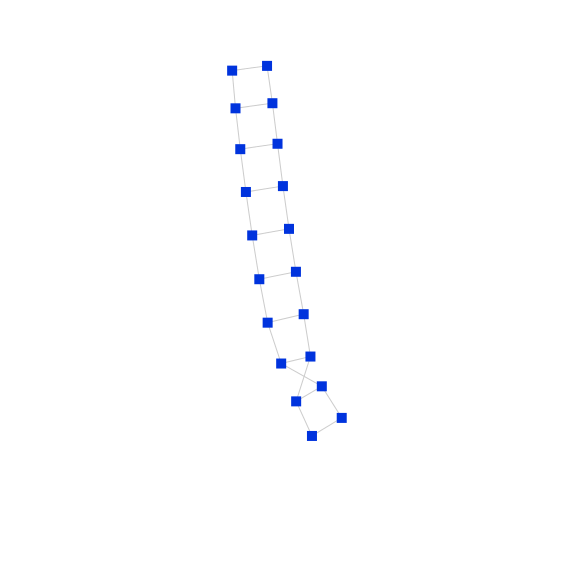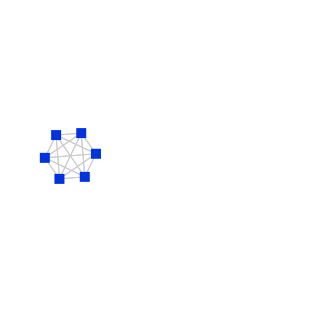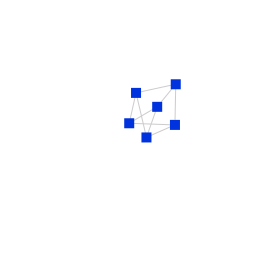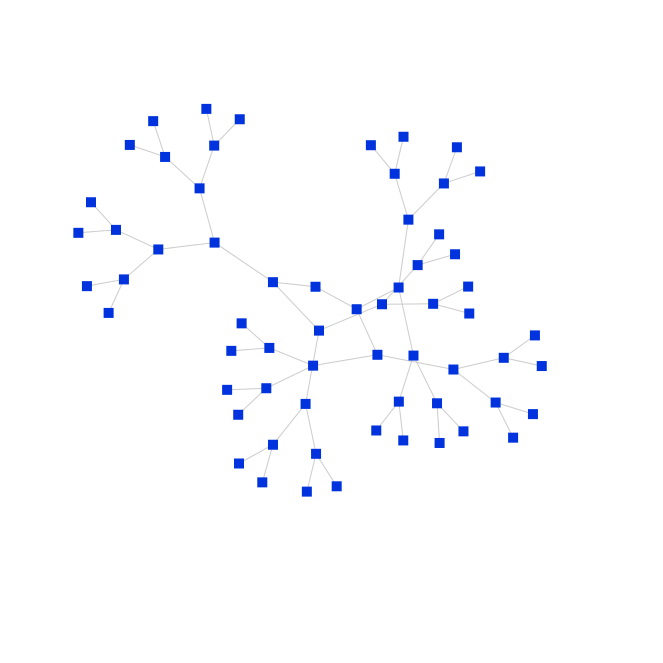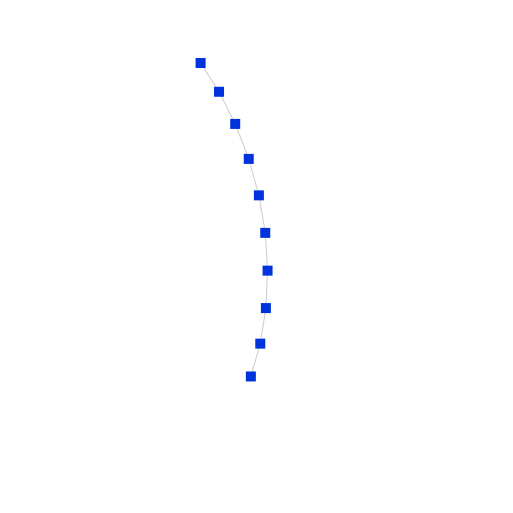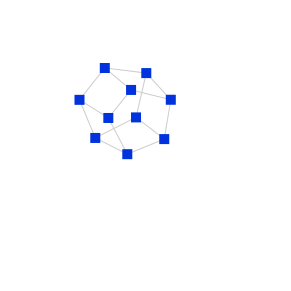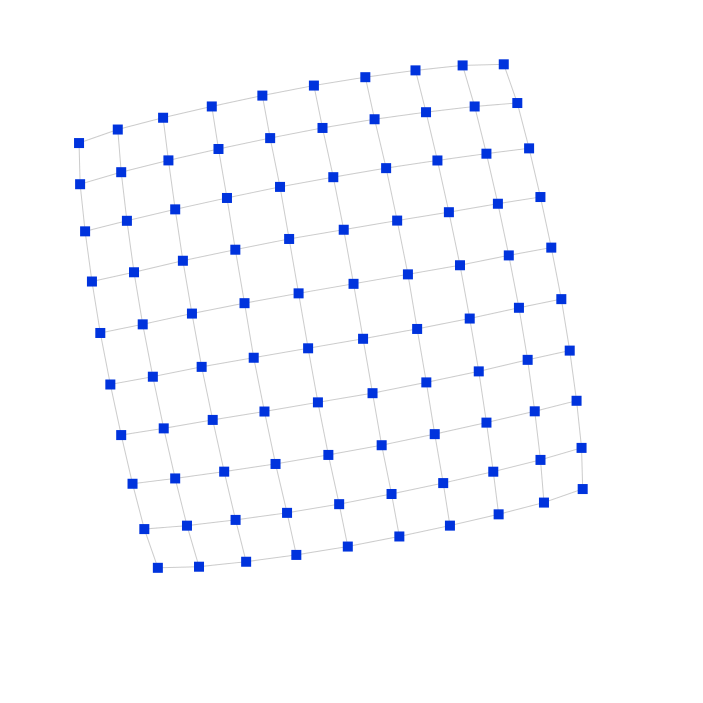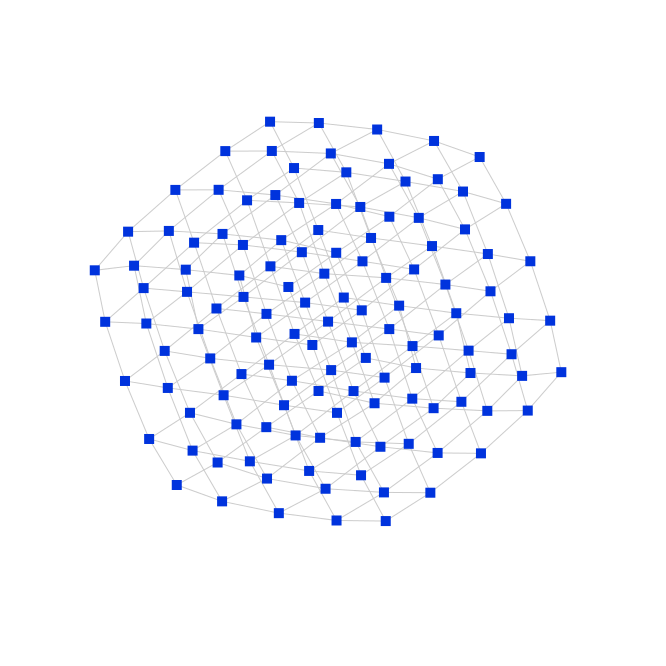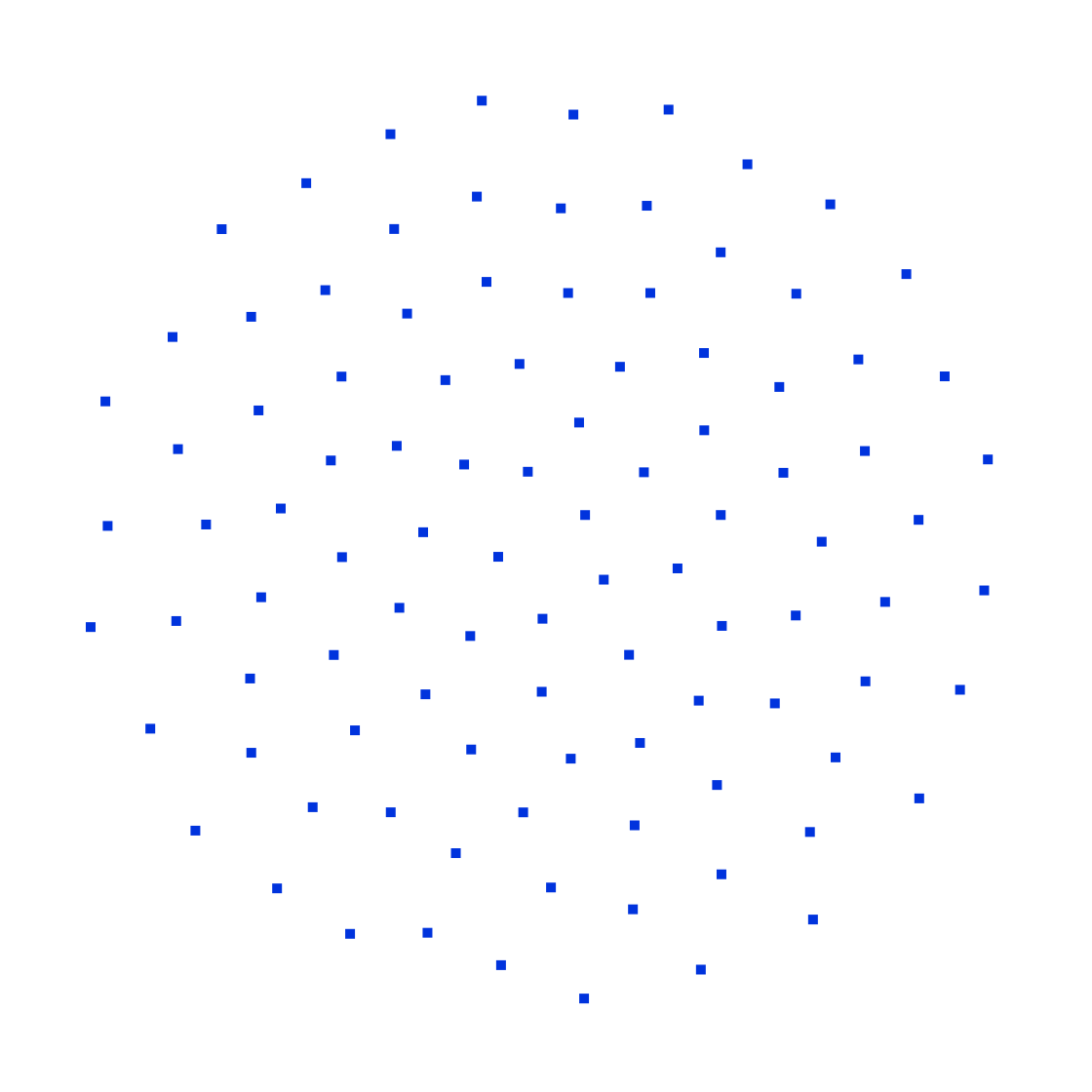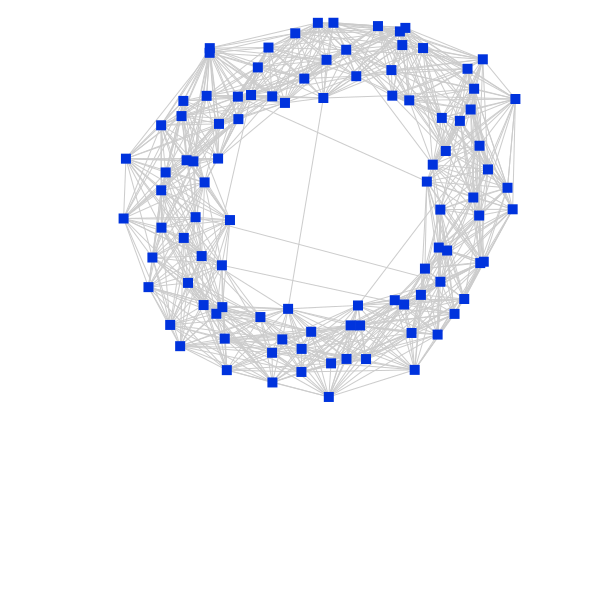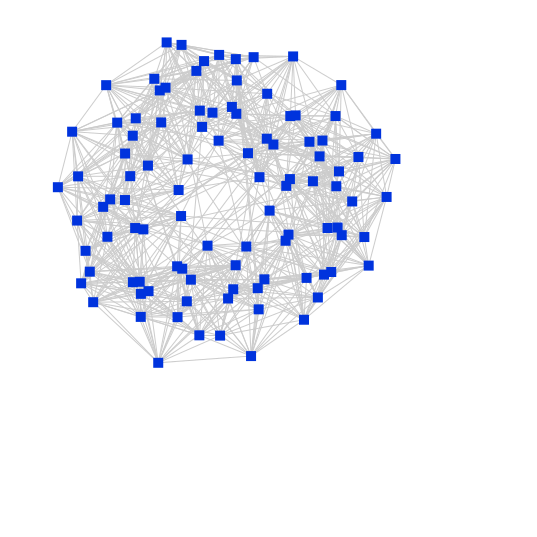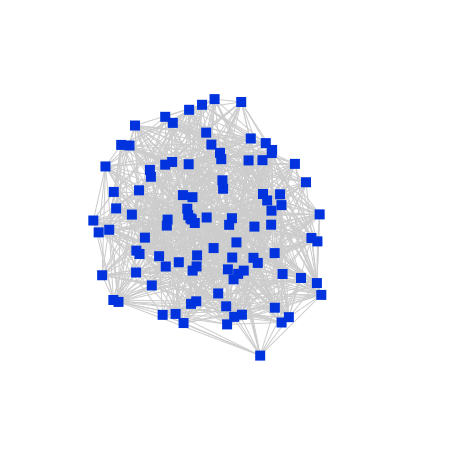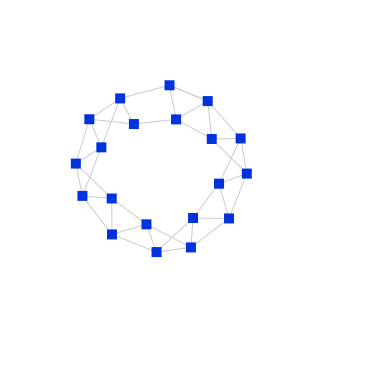This module generates various graphs. It is part of larger ngraph family. If you need something not as simple as generated graphs, please check out ngraph.sparce-collection repository which contains graphs from University of Florida collection.
With npm do:
npm istall ngraph.generators
If you prefer CDN you can also do:
<script src='https://cdn.jsdelivr.net/npm/ngraph.generators@19.2.0/dist/ngraph.generators.min.js'></script>All images below are clickable and point to interactive 3d visualization, done by ngraph.three library.
// Creates a ladder with 10 steps
var graph = require('ngraph.generators').ladder(10);// Creates complete graph K6
var graph = require('ngraph.generators').complete(6);// Creates complete bipartite graph K 3,3.
var graph = require('ngraph.generators').completeBipartite(3, 3);// Creates balanced binary tree with n levels.
var graph = require('ngraph.generators').balancedBinTree(5);// Generates a path-graph with 10 steps.
var graph = require('ngraph.generators').path(10);// Generates a graph in a form of a circular ladder with 5 steps.
var graph = require('ngraph.generators').circularLadder(5);// Generates a graph in a form of a grid with 10 rows and 10 columns.
var graph = require('ngraph.generators').grid(10, 10);// Generates a graph in a form of a 3d grid with 5 rows and 5 columns and 5 levels.
var graph = require('ngraph.generators').grid3(5, 5, 5);// Creates graph with 100 nodes and 0 links
var graph = require('ngraph.generators').noLinks(100);var cliqueCount = 10;
var cliqueSize = 5;
// create a circle, with `cliqueCount` nodes. Each node is a fully connected
// graph with `cliqueSize` nodes
var graph = require('ngraph.generators').cliqueCircle(cliqueCount, cliqueSize);This is a "small world" random graph, generated by Watts and Strogatz model. In this model generator takes three arguments:
n- number of nodesk- number of edges for each node. Originally node is connected withknearest neighbours on a circle graphb- probability of an edge rewrite. In other words node changes it's nearest neighbor to a random node inside graph with probabilityb.
// Creates graph with 100 nodes, each node is connected with 20 neighbours,
// and probability of neighbour to be outside of local node community is 1%.
var g1 = require('ngraph.generators').wattsStrogatz(100, 20, 0.00);
var g2 = require('ngraph.generators').wattsStrogatz(100, 20, 0.01);
var g3 = require('ngraph.generators').wattsStrogatz(100, 20, 0.10);
var g4 = require('ngraph.generators').wattsStrogatz(100, 20, 0.50);
var g5 = require('ngraph.generators').wattsStrogatz(20, 4, 0.02);By default this library uses ngraph.graph module to create new instances
of a graph. If you want to use your own module, you can use factory method:
var generate = require('ngraph.generators').factory(function createGraph() {
// the following methods are required from the createGraph api:
return {
addLink(from, to) {
// ...
},
addNode(nodeId) {
},
getNodesCount() {
}
}
});
// now generators have the same methods as regular ngraph.generators:
var graph = generate.ladder(3);
generate.grid(10, 10);
generate.balancedBinTree(4);
// etc.
